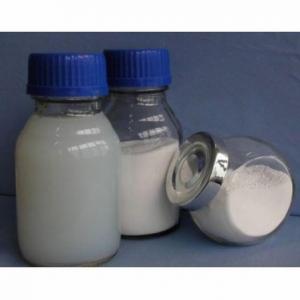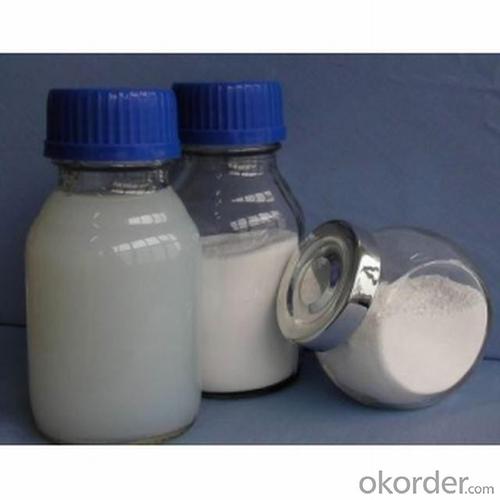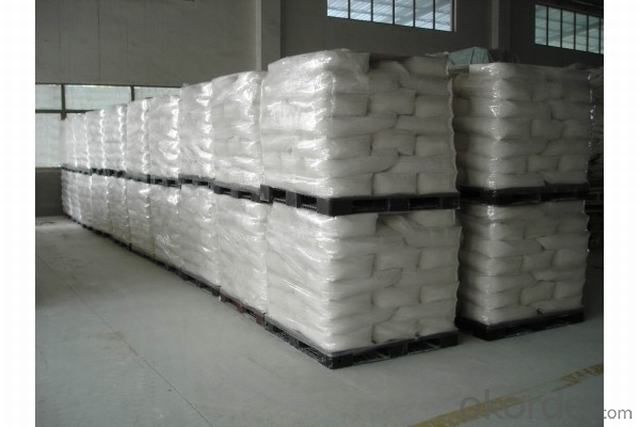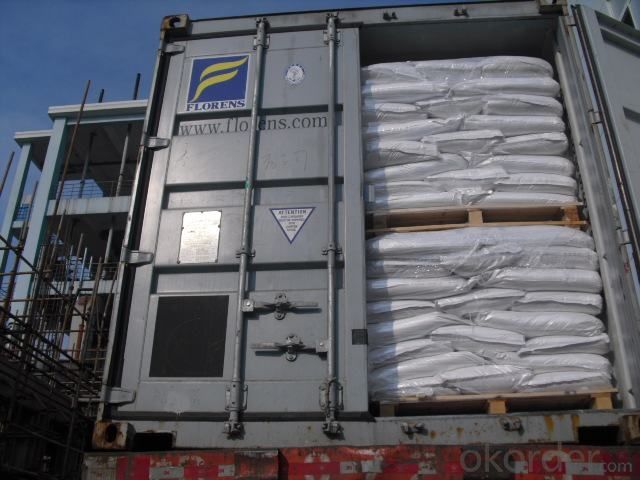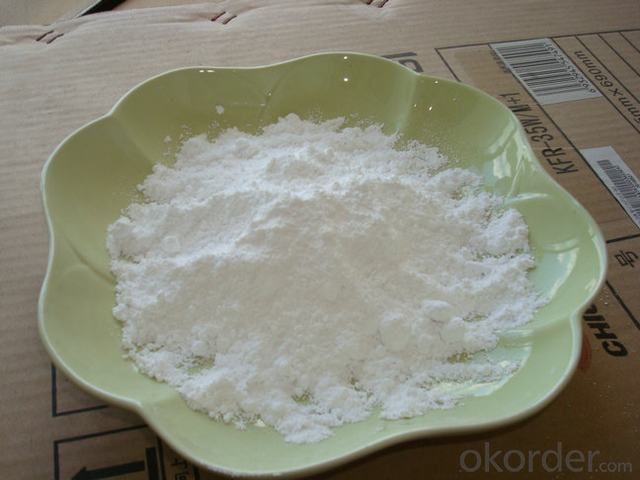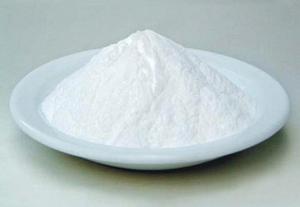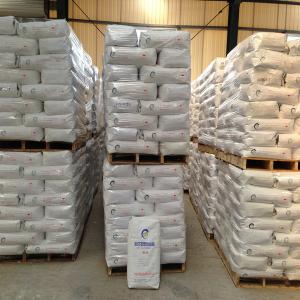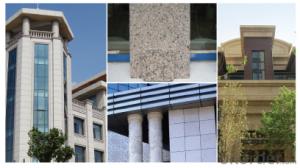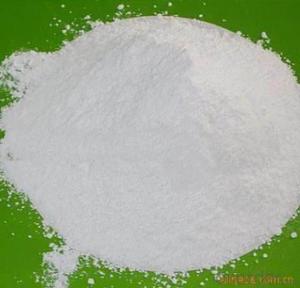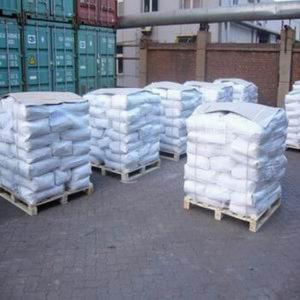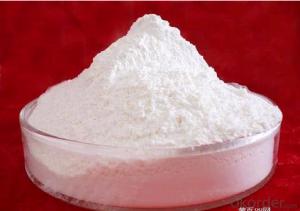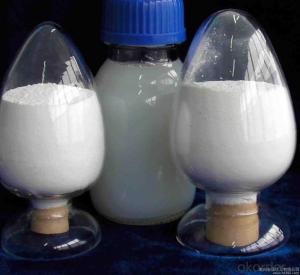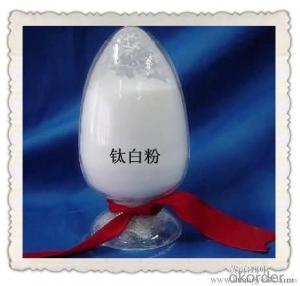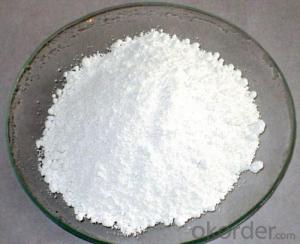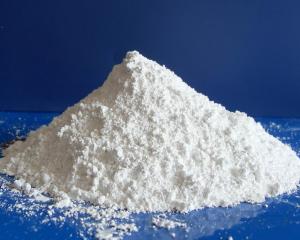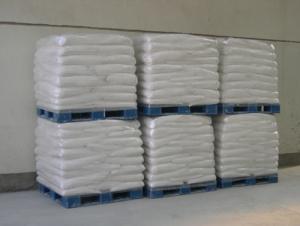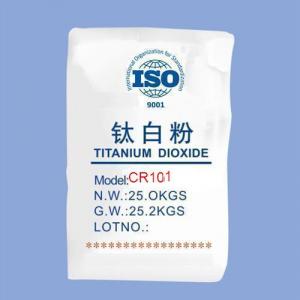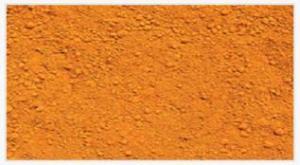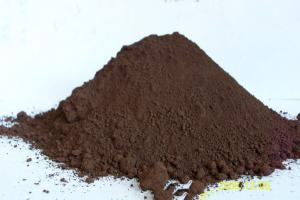Rutile Titanium Dioxide with High Whiteness Purity
- Loading Port:
- Qingdao
- Payment Terms:
- TT or LC
- Min Order Qty:
- 1*20 FCL m.t.
- Supply Capability:
- 140,000MT/Year m.t./month
OKorder Service Pledge
OKorder Financial Service
You Might Also Like
Application of Glass Coating Titanium Dioxide with Best Price, Chemical Raw Material
1) In paint industry, It is used as white pigment and glaze of porcelain.
2) It can also be used as coating and filling in paper-making industry to help paper to be printable and opaque.
3) In metallurgical industry, it can be used to make spongy titanium, alloy of titanium and
iron and hard alloy, etc.
4 It can also be used to make nonconductor,electric welding rod and porcelain enamel.
5) It can also be used in synthetic fiber, plastic, rubber, printing, dying, cosmetics,
medicine fillings and food additives.
Packing of Glass Coating Titanium Dioxide with Best Price, Chemical Raw Material
In 25kg /500kg/1000kg plastic woven bag with plastic lining.
Physical Properties of Glass Coating Titanium Dioxide with Best Price, Chemical Raw Material
NO | SPECIFICATIONS | SJ100 | SJ101 |
1 | TiO2 content | ≥98.5% | ≥98.5% |
2 | Heavy Metal contents Plumbum (as Pb) | ≤20 mg/kg | ≤10 mg/kg |
3 | Arsenic (as As) | ≤8 mg/kg | ≤8 mg/kg |
4 | Barium (as Ba) | ≤5 mg/kg | ≤5 mg/kg |
5 | Mercury (as Hg) | ≤1 mg/kg | ≤1 mg/kg |
6 | Antimony (as Sb) | ≤50mg/kg | ≤50mg/kg |
7 | Moisture | ≤0.5 % | ≤0.5 % |
8 | Water soluble substances | ≤0.5 % | ≤0.29% |
9 | Acid soluble substances | ≤0.5 % | ≤0.5 % |
10 | Dispersivity | ≥98 % | ≥98 % |

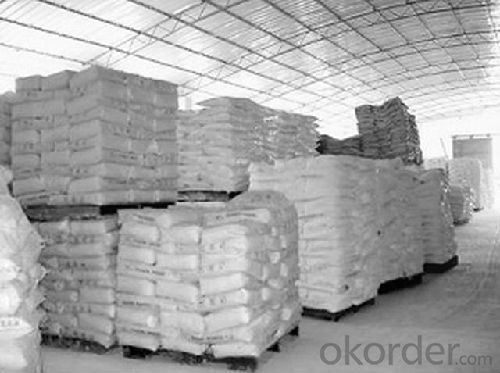
- Q: Whats the difference in the use of acrylic paints, compared to oil paints ?
- Generally speaking, acrylic paints are much faster to dry than oil paints so if you have a big art assignment that is due quite soon, it is better to use acrylics than oils. Otherwise, oils, because of their slow drying time, are easier to blend colours with as well as the fact that the colours stay the same. For acrylics, the colors dry slightly darker than before. Acrylic paint is really good to use in conjunction with acrylic mediums such as the retarding medium to slow down the drying process, as well as the binder medium (basically a substitution for water because water dilutes the paint too much). For texture, impasto is the way to go. Oh, and acrylics are definitely easier to deal with after painting because you can easily clean your brushes with water and soap (water-based), but oils, you have to use turpentine or special cleaning medium to get rid of the paint off the brushes.
- Q: What paint is paint
- It includes thick paint, blending paint, enamel and can produce a special performance of the paint film such as mildew paint, varnish and luminous paint.
- Q: How to do starlight bottle ah, with the kind of cotton, paint and flash powder
- These three are all.
- Q: What is the difference between the light resistance and the weatherability of the pigment?
- In fact, it is difficult to make an accurate definition of the weather conditions.
- Q: What is wood dyeing technology?
- There are a variety of wood dyeing methods, depending on the use of coloring material may be. Wood industry is usually used in veneer dyeing, veneer dyeing and solid wood dyeing and other methods. Thin wood dyeing refers to the thickness of 0.1 ~ 0.3mm sliced veneer. Veneer dyeing is the use of immersion treatment on the peeling veneer uniform dyeing method, veneer thickness of 0.5 ~ 3mm. Veneer dyeing process due to different differences between tree species and dyes. Dyed veneer is mainly used as a wood blank. Solid wood dyeing is the opposite material or logs for dyeing, dyeing materials are mainly used for slicing veneer, or the production of high-grade furniture or decorative materials. Due to the large thickness and long wood, it is difficult to stain the wood evenly through the self-permeability of the dyeing liquid under the conventional conditions. It must be completed under complex conditions such as high temperature, vacuum and high pressure.
- Q: Painting a blue car hood black just a example.So just paint it without using sandpaper to remove paint if thats how they remove it
- For traditional painting Any acrylic based paint can be painted on with any kind of paint. Oil based paint can ONLY be painted on with other oil paints. For painting a car. The paint on cars is baked on. Literally. In an oven. If you plan to paint over it with out sanding it down, know that it will not be as durable and it will flake and ship very easily. IE, your car will look like sh*t after a few years of wear and tear. Know that if you plan to use spray paint (a lot of people do this), the paint won't look nearly as good as well as being very undurable. That being said, i've seen surprising results with spray paint. Best bet: get a pro to do it. Nothing beats power coated baked paint. On a budget: Sand it down using a power sander. Clean off the hood to make sure all the paint particles are off. Use rustoleum spray paint (if you're gonna use spray paint, use rusto. NEVER use krylon).Do 1-2 coats of primer, 4-5 coats of actual color, 2-3 coats of clear coat (whether matte or gloss finish, your choice). ALWAYS DO LIGHT COATS. Thick coats bubble and chip easily. When the can says to let the paint sit for a few hours, let the paint sit.
- Q: I have a canvas, all my paints, and a really strong urge to paint. but i have no idea what to do a painting of. any ideas?
- Paint a sunset setting over and ocean, paint a sailboat off to the left, and some waves, under the water, paint an octopus, a few fish, and seweed, sand, a shell or two, and a jellyfish wouldnt hurt! haha, sorry if i'm taking away your creative freedom! i'm at the beach, and i just sketched it!
- Q: What are the effects of primer, intermediate paint and topcoat in exterior wall coating systems?
- In the atmosphere corrosive environment of the external wall coating coating system is usually divided into primer, intermediate paint and topcoat.The main role of the primer is to lay the foundation on the substrate, the substrate has a good adhesion, with anti-rust performance The primer has a good wetting property on the surface of the substrate, as well as the osmotic effect, which enhances the adhesion to the substrate The main effect of the intermediate paint is to increase the film thickness and thus play a more effective shielding effect. The primer and topcoat in the exterior paint coating structure should not be too thick, so the middle layer is usually also a high-solids, thick slurry coating with a thixotropic variant, and the intermediate paint is also able to work well with the primer and finish Combined with the role of the machine, the car, the middle layer but also to make the surface smooth, is conducive to the topcoat. The most commonly used intermediate paint is the epoxy cloud iron intermediate paint in heavy anti-corrosion coatings, there is no simple intermediate paint concept , Many times the so-called intermediate paint can be used as a separate primer, and even as a glossy and aesthetic performance requirements of the top parts of the use of topcoat The main role is to prevent the external environment of harmful corrosive media, such as oxygen , Water vapor, sulfur dioxide and the chemical atmosphere of the same time, the beauty of the topcoat of the paint is now more and more attention, and sometimes also requires the outer layer of varnish, such as aliphatic polyurethane varnish, in order to get more For the dense shielding film.
- Q: What is the direct red pigment and cationic dye?
- Pigments are dissolved in oil and dyes are dissolved in water
- Q: How to use the pigment three primary colors (red, yellow, blue) out of brown and brown?
- Red, yellow, blue plus a little orange
1. Manufacturer Overview
| Location | Shanghai City,China |
| Year Established | 2003 |
| Annual Output Value | US$10 Million - US$50 Million |
| Main Markets | Western Europe, Mid East, North America, Oceania |
| Company Certifications | ISO9001;IS014001 Certificate |
2. Manufacturer Certificates
| a) Certification Name | |
| Range | |
| Reference | |
| Validity Period |
3. Manufacturer Capability
| a) Trade Capacity | |
| Nearest Port | Shanghai Port |
| Export Percentage | |
| No.of Employees in Trade Department | 11-20 People |
| Language Spoken: | English; Chinese; Spanish |
| b) Factory Information | |
| Factory Size: | 1,000 square meters |
| No. of Production Lines | Above 10 |
| Contract Manufacturing | Titanium Dioxide,White Carbon Black,Lithopone,Zinc Oxide,Barium Sulphate,Manganese Carbonate |
| Product Price Range | Average |
Send your message to us
Rutile Titanium Dioxide with High Whiteness Purity
- Loading Port:
- Qingdao
- Payment Terms:
- TT or LC
- Min Order Qty:
- 1*20 FCL m.t.
- Supply Capability:
- 140,000MT/Year m.t./month
OKorder Service Pledge
OKorder Financial Service
Similar products
Hot products
Hot Searches
Related keywords
